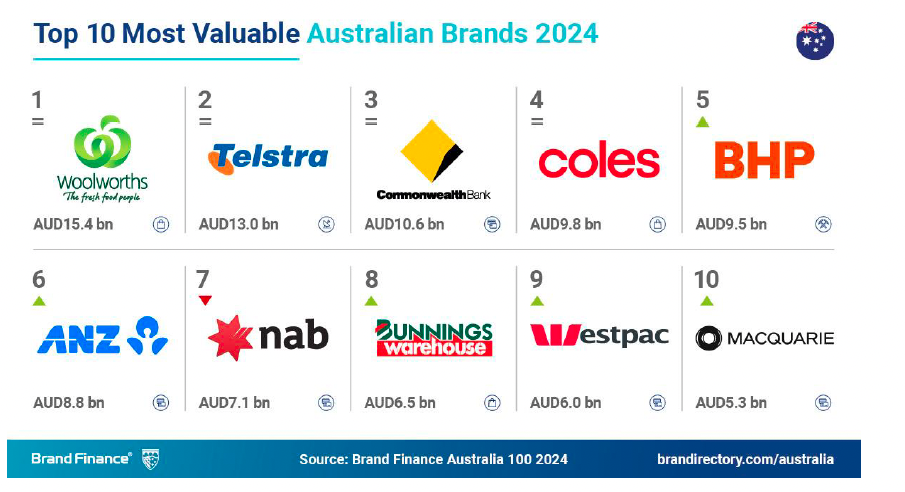Impulse buying surge: 80% of Aussies make in-store impromptu purchases

A recent survey initiated by international tech company ShopFully has revealed that 80% of Australian adults have made an impulse purchase in-store since the beginning of 2024, with 36% doing so in the past week. The survey was conducted with a nationally representative sample of 1,044 Australians aged 18 years and older in early July 2024.
“While it’s fairly normal to believe almost all of Aussie adults have purchased something impulsively at some point in their lives, it’s extraordinary to see over a third (36%) of Aussies have made an impulse purchase in just this past week,” says Brendan Straw, ShopFully Country Manager for APAC.
Impulse buying appears to be a common behaviour across genders and generations, but younger generations are more likely to have made an impulsive purchasing decision since the start of the year. Gen Z (88%) leads the pack, followed by Millennials (83%), Gen X (81%) and Baby Boomers (73%).
“Given their dynamic lifestyles and varied needs, it makes sense that younger generations and families with young children are more inclined towards impulsive shopping. This trend suggests that as these demographics continue to grow, retailers can expect a sustained or even increased pattern of impulse purchasing in the coming years,” Straw explains.
Households with children under the age of 18 are more likely to have made an in-store impulse purchase at some point in 2024 (84%) compared to those without (77%). Australians with higher household incomes are more likely to have made an in-store impulse buy within the last month ($50K – $99K: 65%, $100K – $149K: 67%, $150K+: 71%) compared to those with a household income of <$50K (55%).
Eight in ten Australians (81%) spend money on items or services without considering the cost; with the most common purchase in this category being clothes and accessories (27%), coffee (25%), and takeaway (24%).
“It’s fascinating to see how small indulgences such as coffee and takeaway remain a priority, reflecting the value these ‘luxuries’ bring to our daily lives,” Straw comments.
Men are more likely to make a spontaneous purchase on takeaway (27% vs. 21%), restaurants (27% vs. 16%), hobbies/events (20% vs. 13%), alcohol (17% vs. 10%), and electronics (18% vs. 6%). Women are more inclined to spend without thinking on gifts for others (23% vs. 15%) and toiletries/beauty products (21% vs. 11%).
“Retailers could leverage this tendency for impulse purchases by strategically placing enticing products at checkout counters and along store aisles, making them more visible to the shopper. Additional promotions offered through an omnichannel approach, and in-store marketing tailored to families and younger generations could also be a strategy to further boost impromptu sales,” Straw suggests.
ShopFully, a leader in Drive to Store solutions, connects millions of shoppers with local stores around them. It operates in 25 countries and partners with over 500 top retailers and brands.
“Impulse shopping and spontaneous spending indicate a dynamic retail environment where consumers seek immediate gratification and convenience, even amidst a cost-of-living crisis. For retailers, this means crafting a shopping experience that is both enjoyable and strategically designed to cater to these impulses. By encouraging customers to visit their stores, businesses can capitalise on the high rate of in-store impulse buying, providing value and deals that appeal to budget-conscious shoppers, while also strengthening customer relationships. This approach is crucial for cultivating long-term clients in challenging economic times,” concludes Straw.





